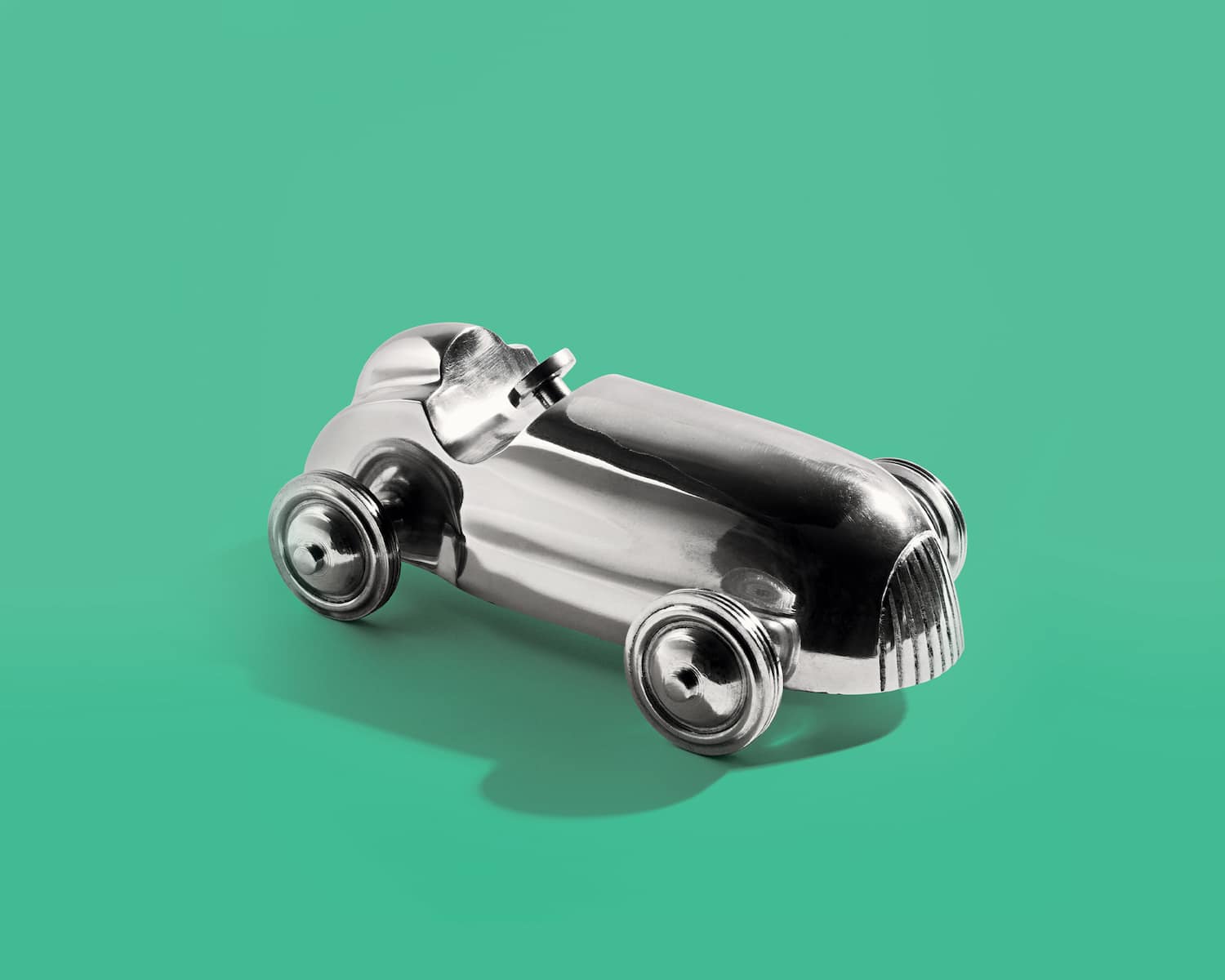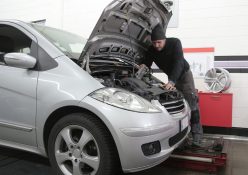This article explores life-saving signs that your clutch is slipping – so pay attention!
If you drive a manual vehicle, you’ll know the clutch is an important part of the car because it’s used to disengage and engage power to the wheels. If you notice the clutch disengages easier than before, it could be a sign that your clutch is slipping.
“This happens more frequently to vehicles that drive in congested traffic, with newer drivers, and cars that have upgraded engines,” says Jarrod Berman, Managing Director of MotorHappy, a motor management solutions and car insurance options supplier.
“When you press on the clutch, it separates the engine from the wheels, allowing you to change gears. When you feel your clutch slipping, power can’t be delivered to the wheels and your car will have trouble driving.”
Take Precaution
Berman explains that a clutch should last up until 50 000 km, and could last longer depending on factors like traffic, driving skills and good maintenance. A car will need a clutch replacement several times during its lifetime, so this should be a planned part of car ownership.
“If you find your clutch is slipping, try not to drive your car too much and take it to your nearest trusted and approved workshop so the experts can make an assessment and a recommendation,” he says. “Wear-and-tear parts like a clutch and clutch cables are usually covered in a maintenance plan.
A maintenance plan proves more comprehensive than a service plan. It covers the labour and expenses of parts, as well as all services.”
CLUTCH PEDALS CAN BE MAINTAINED EASILY WITH GOOD VEHICLE MAINTENANCE AND DRIVING SKILLS.

The Upside
Clutch pedals can be maintained easily with good vehicle maintenance and driving skills. Below are some tips to help increase your clutch lifespan, ensuring it performs at its best for a long time:
- The clutch should be used as a switch. It should be operated either engaged or disengaged. When driving, avoid keeping the clutch pedal depressed (known as “clutch riding”) because this reduces the efficiency of the clutch. Time your gear shifts, acceleration and braking in a way that there is no jerking motion from the car.
- Never rev the engine when the clutch is engaged. It revs faster when the clutch is engaged, and the high RPMs put a lot of strain on the clutch. Time the gear shift and acceleration in such a way that the RPM never spikes, so the entire operation is smooth.
- Don’t drive aggressively. Pull off smoothly and brake gently.
- Learn how to take off on a hill. Clutch riding on a hill climb is common. Use the handbrake instead of riding the clutch. This will save your clutch and is also the safer option.
Know The Signs
We’ve put together a brief list of indicators to look out for when your clutch needs to be repaired or replaced:
1. You rev your engine, but your car can’t pick up speed. You might notice the RPMs go up quicker than normal.
2. A burning smell when revving the engine, which is caused by the excess heat from the constant engagement and disengagement of the engine.
3. Squeaking or unusual rumbling noises when you press on the pedals.
4. It’s difficult to change gears and there’s a ‘stickiness’ between gear shifts.
5. You feel movement in the clutch pedal, like vibrating or a feeling of being loose.
6. The clutch pedal is at a different height than it normally is.
Supplied By: Motor Happy
Photography: Gau.Oigetly Images, Peels







